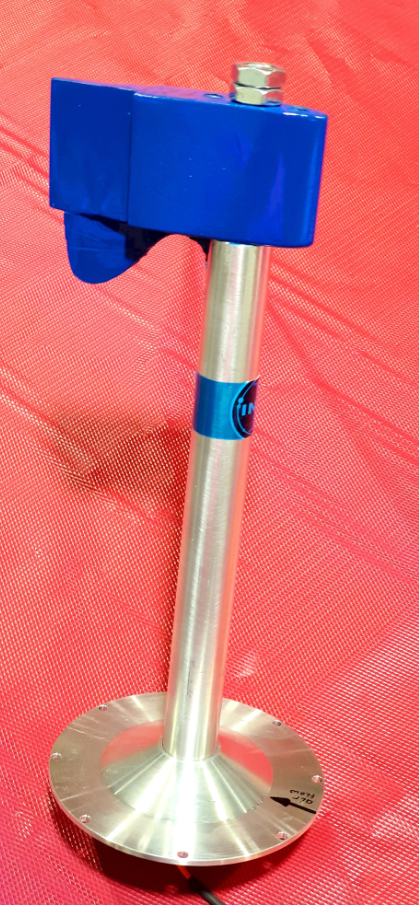03/02/21
SENS4ICE newsletter No 3: News from SENS4ICE

The year 2020 has been marked by a crisis of unprecedented magnitude. The Covid-19 outbreak has been causing widespread concern and economic hardship for consumers, businesses and communities. One of the industry sectors in the eye of the global coronavirus storm is aerospace.
The SENS4ICE project has also been affected by the measures put in place across the globe to tackle the pandemic. Thus, several project activities have been slowed down and/ or postponed to 2021.
Despite difficult circumstances, the developers of the direct ice detection sensors have matured and assembled their software and hardware in view of the icing wind tunnel tests. The aim of the test campaign in the icing wind tunnels is to evaluate direct sensors against reference probes based on ability to measure, detect and discriminate Appendix C and Appendix O icing conditions. The project partners are preparing specific “icing wind tunnel test reports” describing the sensors and their installation in the test facilities, the test procedures and results.
Covid-19 has limited the availability of personnel and access to test facilities. For this reason, the main part of the icing wind tunnel test campaign has been deferred to the first quarter of 2021. However, the project partners have been preparing their icing wind tunnel facilities to host the tests of the numerous sensors developed in SENS4ICE:
- Collins Aerospace in the USA;
- National Research Council in Canada;
- Technical University of Braunschweig in Germany;
- And Federal State Unitary Enterprise The Central Aerohydrodynamic Institute (TsAGI) in Russia.
The results of the icing wind tunnel tests will be used to evaluate and select the sensors suited for the project flight test campaigns and installation within the Hybrid Ice Detection System. The selection of the sensors is planned to take place during a consortium meeting in June 2021.
In parallel, the project partners have continued discussions around the flight test architectures with the operators of the two platforms to be used in SENS4ICE specifically with regard to the Hybrid Ice Detection System:
- Embraer Phenom 300;
- SAFIRE ATR-42.
The flight test communication protocol including the data recording, acquisition and processing is being established for the implementation including the Hybrid Ice Detection System (HIDS).
Last but not least, the project organised the first SENS4ICE Symposium which took place virtually on Thursday 22nd of October 2020. The Symposium was an integral part of the SAE AC-9C Aircraft Icing Technology Committee meeting that was held from Monday 19th to Friday 23rd of October 2020. The primary aim of the Symposium was to present the latest achievements of the project in terms of approach, methodology and technology development to intelligently cope with the complex problem of (SLD) ice detection.
The event proved to be a unique opportunity for the participants to obtain an overview of the recent advancements on the research and technology development scene. 9 presentations were given by the project partners followed by a discussion session on the standardization and comparability of icing wind tunnels for Appendix O (14 CFR Part 25 / CS-25) icing conditions. The Symposium attendees had the opportunity to engage into fruitful discussions and networking with the representatives of research community and industry involved in SENS4ICE. The project presentations and major questions and answers discussed during the event are available on our website.
